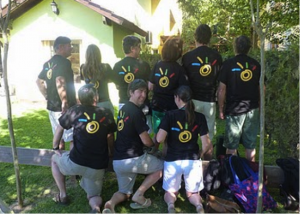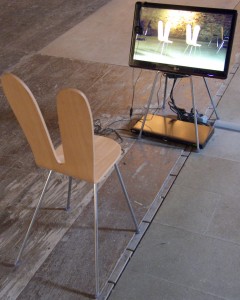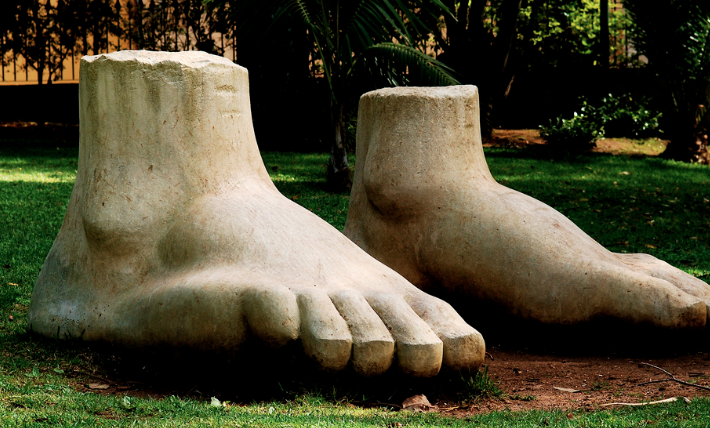By Virginie Boutin & François Kaisin
During a conversation at Morena Coaching International, we talked about the countries where we operate and where we are arriving … In a word we spoke about territory. And then, suddenly, someone said, “It should also be present in the Cloud!”
 What is the Cloud? This is not a country per se, but it is indeed a space-time where a lot of interactions play today. Microsoft defines its cloud as follows: “The Cloud transforms your data stream in strategic information. It allows you to manage projects without precedent. It transforms your employees in connected team. It adapts quickly to your needs..”
What is the Cloud? This is not a country per se, but it is indeed a space-time where a lot of interactions play today. Microsoft defines its cloud as follows: “The Cloud transforms your data stream in strategic information. It allows you to manage projects without precedent. It transforms your employees in connected team. It adapts quickly to your needs..”
We talk about the dematerialization of workspaces, to meet clinking coffee cups at the screen or no longer doubt that we have the document latest version.
Not to be where we work and to work where we are
 Teamwork without physically stick together is a challenge, but not insurmountable in reality, if we apply the best practices of the collective. Say that gaps (inclusion, preparation, feedback …) usually offset by hours of face meetings are crippling in the cloud country. What is at stake is the adaptation of human relationships and the complexity of relational phenomena. It is clear that beyond trades, it is the sharing of context, affinity, values, challenges … that sustain communities. When the walls are shattered, what we need are ideas and desire for teams to collaborate.
Teamwork without physically stick together is a challenge, but not insurmountable in reality, if we apply the best practices of the collective. Say that gaps (inclusion, preparation, feedback …) usually offset by hours of face meetings are crippling in the cloud country. What is at stake is the adaptation of human relationships and the complexity of relational phenomena. It is clear that beyond trades, it is the sharing of context, affinity, values, challenges … that sustain communities. When the walls are shattered, what we need are ideas and desire for teams to collaborate.
So the cloud is a constraint or an opportunity? And if it is both?
Is it a big bad cloud?
“This is Big Brother,” “human warmth is lost”, ” overdose of information means no information at all”, “Between tweets and emails, there was never real conversation”, “we are brainwashed with our phones “… Yes the cloudisation causes resistance in us. And what comes after? We suffer or we choose? It “do with it” or we use it for successful projects? Do we let data stream (the “big data”) dominate us, or we get ready to sail? Do we become irritated addicts or we take the joysticks, and create privileged space & times, where everyone gives the best of himself?
So how it works?

Testimony of a professional coach of our Morena’s network:
“If I have a Skype session at 13:00, I’ll hold me to be sitting in front of my screen at 12:45, and then I run my little routine, I take the time to feel good, I have a glass of water at hand, I make sure not to be interrupted, I do 3 minutes of breathing – relaxation to clean my mind, a mental hygiene to welcome what will come, make sure to be present and available . Calm, no action prior to my meeting with my client are privileged moments to prepare. “
This is different from an IRL meeting (In Real Life, onsite) where these moments are going to be in motion, interacting … What is also interesting and rich, but different.
Testimony of Alexander, head at a large outsourcing company for a global client:
“I thought that by 4 video conference meetings of one hour per day on average, with ten participants each time, each person representing a country, this represents about 40 countries per day on 4 continents. My team is in contact with each of them 3 times a month. Since it works like this I take an hour a day, I turn off everything and I put myself in a creative and strategic mode. The rest of the time I do the reporting and review my contracts. And… yes, I travel 1 or 2 times a year, I meet these people face to face, because, yes indeed, it is important to shake hands regularly. “
So, before the existence of the cloud … how much it was costing, how long it took when we tried to have the same impact? What non-virtual device would allow us to achieve that?
Testimony of Mary, project manager, who hosted the day before a team meeting on video conference:
“For one hour there were 4 network cuts; necessarily my meeting notes were shorter… between each cut, we went straight to the point; we focused, we adapted ourselves, we made with, we boosted ourselves, we had less time, we did more with less, we saw that we understood each other, we could deal with this technical problem. And this morning, I thanked the team for this successful meeting, even more with network outages, and above all I asked them how it happened to them. I await their response. The key for me is to stop acting as if nothing had changed…”
Yes, transportation, communications, ways of working have indeed changed and it’s great if we take advantage of it “officially”, instead of pushing the dirt under the carpet…
And you, how do you surf the cloud with feet on the ground?
Cloud: The National Institue of Standards and Technology (NIST) has given a definition that is often cited as a reference in the IT environment: “The IT in cloud is a new way of delivering IT resources, not a new technology. ”
This model is characterized by:
- A self-service access to resources. The user selects the power directly, or space, or time … or any other resource used
- A non-discriminatory access: resources and services are accessible for all kinds of platforms, smartphone, computer, voice control … and of course at any time and in any connected place
- A common use of resources: power, space, capacity … are shared by customers or separate services at a logical level. Each client or service does not know the other users, but has an economy of scale by pooling
- A “rapid elasticity”: the capacities offered can quickly increase or decrease depending on the needs
- A service continuously measured: the use of resources is constantly monitored for fine billing and transparency; in a word, you pay only what we consume.




